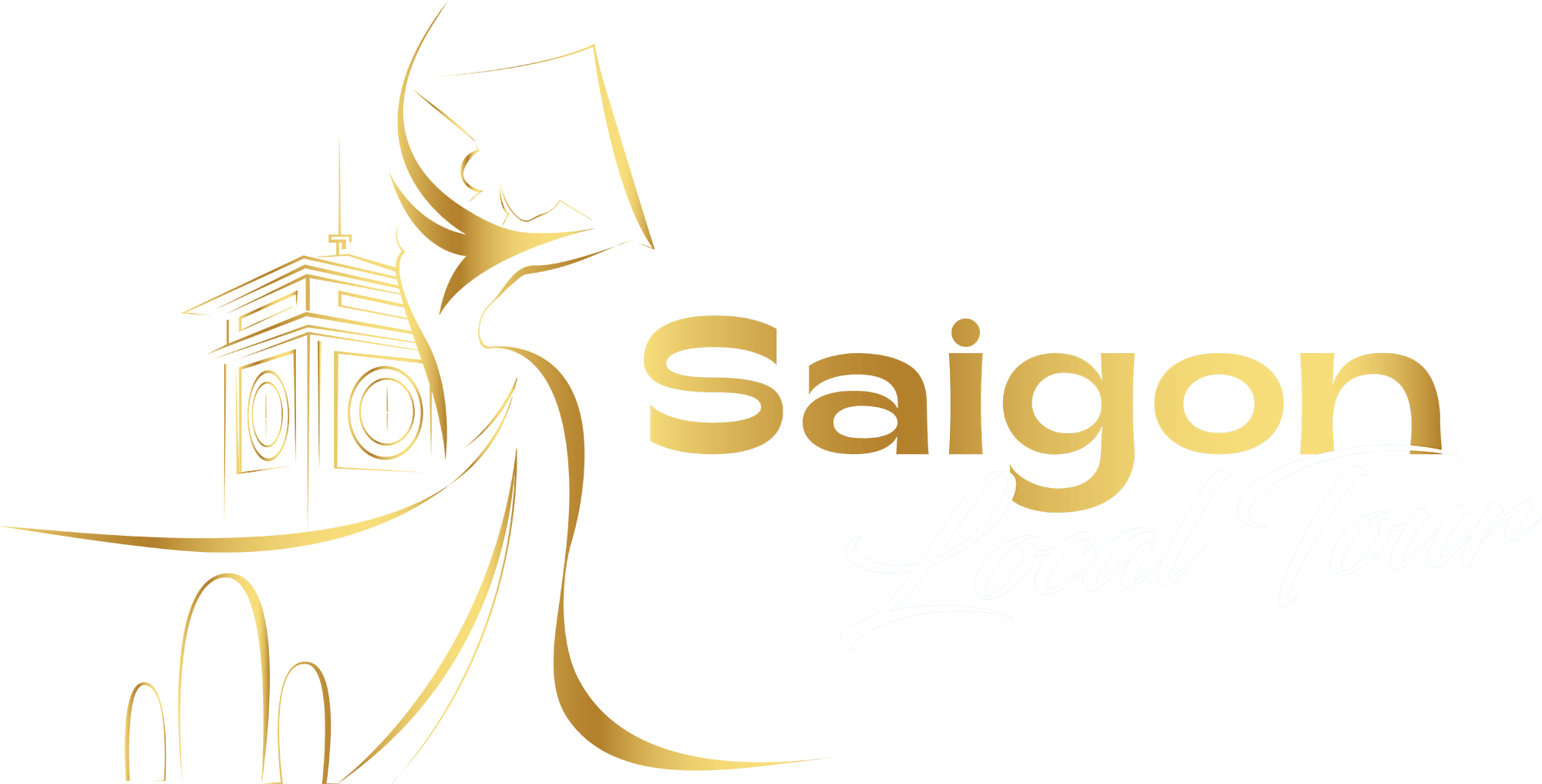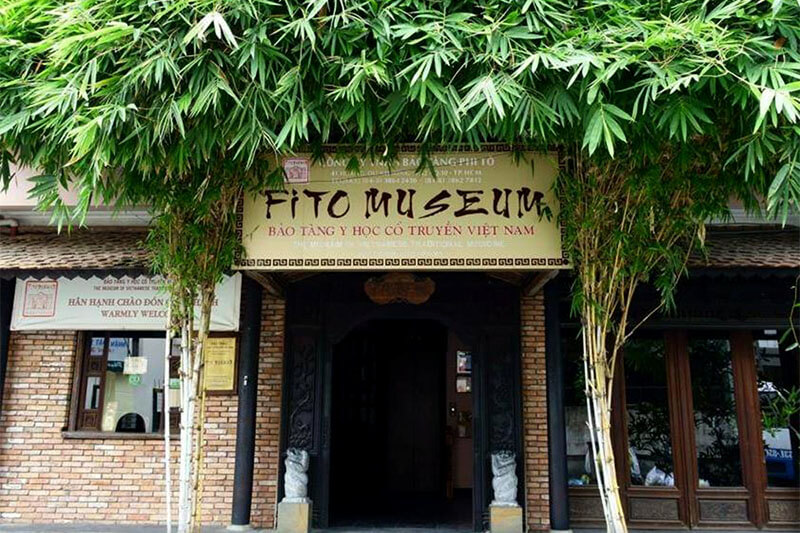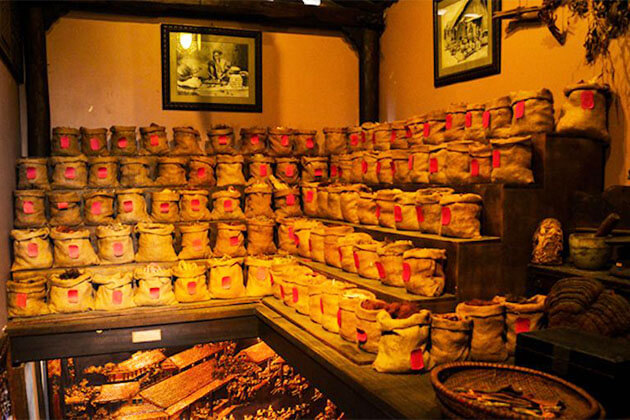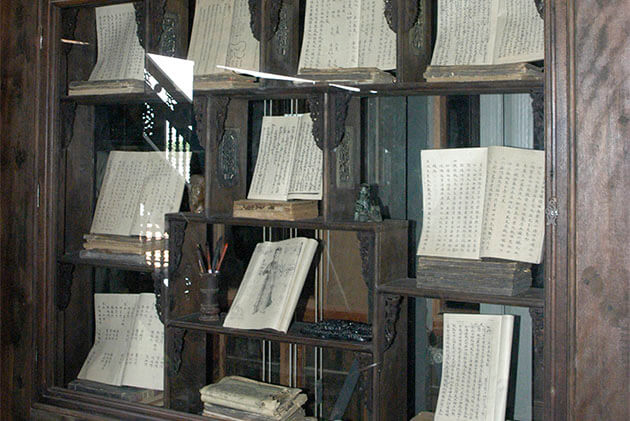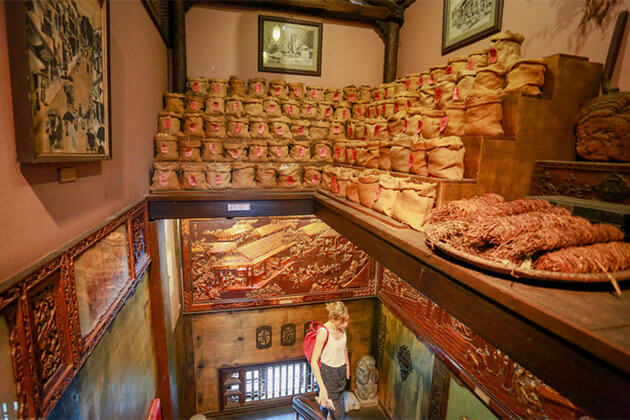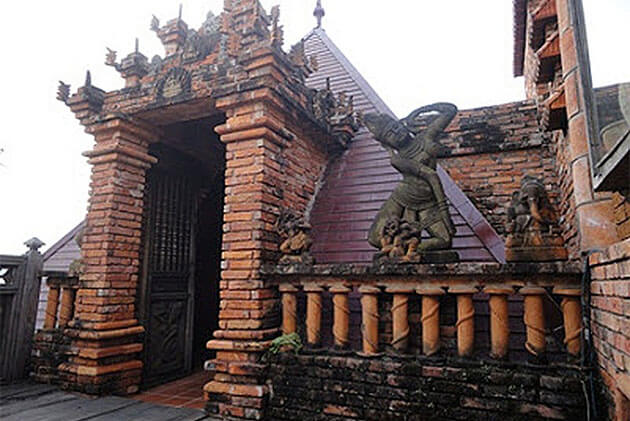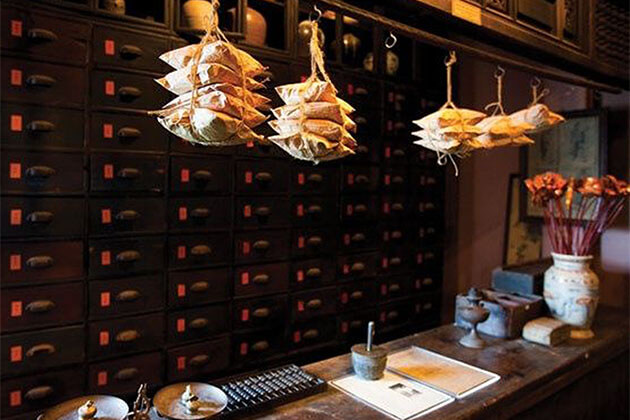Museums of Traditional Vietnamese Medicine and Pharmacy (FITO Museum) is a must-visit destination for tourists who have strong interests in exploring the history and tradition of Vietnamese herbal medicine.
Introduction of FITO Museum in Ho Chi Minh City
FITO Museum lies in the hustle and bustle of Ho Chi Minh City, which is the first and only private museum about traditional medicine. Founded in 2003, open to the public since 2007, this is the perfect place to study Vietnamese traditional medicine - one of the Vietnamese cultural heritages throughout different time periods, since the Stone Age. There are two private museums located in 2 distinct locations: the Museum of Traditional Vietnamese Medicine and the Museum of Traditional Vietnamese Pharmacy. Both are introduced by FITO - a pharmaceutical company, aiming to display the history and philosophy behind their products.
This is where travelers can study not only traditional herbs but also traditional medical methods. What is inside and what to expect from the museum are various items exhibited in the museums, approximately 3000 artifacts depicting the history and evolution of curing methods. Here, visitors can witness all instruments used to make traditional medicine, such as pots, jars, knives, spoons, grinders in addition to a variety of items doctors used in a pharmacy like teapots, bowls, stamps, scales,...
FITO Museum is devoted to the two greatest Vietnamese medical scientists/herbalists Tue Tinh (14th century) and Hai Thuong Lan Ong, or Le Huu Trac (18th century), who are believed to be the medical founders of Vietnamese traditional medicine. Visitors can find many precious, rare traditional medical books and documents, some of which are authored by Hai Thuong Lan Ong, here.
The first impression of all visitors here would be gorgeous roof titles. The museum is inspired by wood. Every detail of the buildings is skillfully crafted with stunning interiors, all of which are made from wood. The buildings are quite high with many stories, decorated with numerous porcelain figurines. On the sloping roofs, travelers can see Vietnamese housing dragons.
Modern audio-visual technology is adapted in all museums to show a documentary film about the history of Traditional Vietnamese Medicine.
The Architecture of the Museum of Traditional Vietnamese Medicine
The architecture of the Museum of Traditional Vietnamese Medicine is a combination of traditional and modern architecture, illustrating the striking aspects of some Vietnamese regions. It took nearly 3 years for 50 skillful employed engravers to finish the delicately carved wooden masterpieces with captions presenting types of traditional herbals. Probably the biggest Vietnamese picture of herbal medicine, on the staircase guiding to the ground floor, hung a majestic educational depiction of Vietnam, describing lifestyles and living activities in ancient Vietnam.
The museum is a 6-story building, including one ground floor in addition to five upper floors. On these 5 floors are 18 exhibition rooms.
Room 1: The Historical Chronology of Traditional Vietnamese Medicine
This room featured information about events and milestones in the foundation process of Vietnamese traditional medicine
Room 2: The Altar of Medicine
Honor towards the two greatest Vietnamese herbalists Tue Tinh and Hai Thuong Lan Ong is displayed on an altar here.
Room 3: A Prehistoric Traditional Instruments
Artifacts of medical herbals from the Stone and Bronze Age are presented here
Room 4: A Vietnamese Physicians
This room shows 15 pictures of famous 13th-to-18th-century physicians and authors of Vietnamese traditional medicine. What is special about these pictures is that they are handcrafted by Vietnamese traditional art methods.
Room 5: The Cham Tower
A miniature model of Cham Towers in Central Vietnam is here. On the other side, there is a gate that looks like the gate of Thang long, built-in Hanoi, 1780. On the top of the gate are two dedicatedly stone-carved words “Medical Temple”.
Room 6: The Oriental Traditional Medicine
Here, tourists are introduced to the History of Chinese, Korean and Vietnamese traditional medicine.
Room 7: The Tree of Traditional Vietnamese Medicine
“Viet Nam Bach Gia Y” - a wooden carving of an ancient tree, depicts 100 royal Vietnamese traditional medicine physicians and authors in the period of the XII to XX century. There is a glass cabinet placed here that shows books and documents written about medical science (pharmaceutics, pediatrics, acupuncture,...)
Room 8, 9, 11, 12, 13, 14, 15: The Collection of Medical Ingredients, Apothecary Instruments, Wine Jars, Ceramic, and Metal Teapots, Scales, Mortars, Tincture Jugs
This is a suitable room for tourists to study equipment and ingredients used in the progress of preparing Vietnamese traditional medicine in different periods of time. A large collection of flora, fauna, animals, minerals, knives, pots, bowls,... is displayed here. Noticeably, a 2000-year-old mortar used to grind herbs along with several tools also appear in the room. Large jars of medical ingredients ( reptiles, plants, …) in alcohol are put in the room.
Room 10: The Pharmacy House Model of XIX Century
A full-size model of pharmacy equipped with an 81-drawer wooden cupboard containing various kinds of herbs and wooden storage is presented in the room. The museum allows visitors to mix and sample their own remedies, under guidance.
Room 16: The Royal Medicinal Academy
Visitors can study about Vietnamese royal physician academy in the room. The academy is responsible for taking care of the royal family.
Room 17: The Cinema Room
The cinema shows a 15-minute documentary about the history of Vietnamese traditional herbal medicine and specific, valuable ways to take care of the herbals. There are 5 languages available for tourists: Vietnamese, English, German, French, and Russian.
Room 18: The Pharmacy and Souvenir Shop
After the trip, travelers can head to the souvenir shop to buy some gifts as souvenirs for their friends and family at home
Besides these, there are other services offered for visitors. One of the most significant is the herbal foot-bath, extremely relaxing, helps to relieve all the stress.
FITO Museum Opening Hour Information
Located in 41 Hoang Du Khuong Str., Ward 12, District 10, the museum is not far to get from the city center. Depending on the traffic, it would be an approximate 30-minute drive.
Opening hour: 8:30 to 17:00, from Monday to Sunday
Entrance fee:
- Adults: 120.000 VND
- Children (below 1.2m): 60.000 VND
